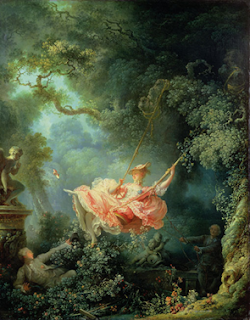World War 1
World War 1 was fought 1914-1918. Russia, France, and Britain
fought against the Central Powers, which were Germany, Austria-Hungary, and
Turkey (Ottoman Empire). Over 15 million people perished in this war. By the
time the war was over there was 24 countries involved in this war, some of the
countries included Australia, Japan, and South Africa.
The war
began when the Austrian Archduke, Franz Ferdinand was assassinated by a Serbian
named Gavrilo Princip in Bosnia. The assassination led to the beginning of the
war. The was then developed due to a network of alliances countries had with
each other. As the war continued, more and more countries ended up joining to
help their allies, which is how the was ended up being fought with 24 countries
involved. World War One was known or was thought to be the war to end all wars.
“The Canadians at
Ypres” By: William Barnes-Wollen (1915)
“Cavalry and Tanks
at Arras” By: Lieutenant Alfred Bastien (1918)
“A Mark V Tank
Going Into Action” By: William Bernard Adenney (1918)
World War 1 ended with the Treaty of Versailles. The treaty
consisted of limiting Germany and its allied powers to a loss of territories,
reduced their military forces, and even had to pay reparation to the allied
powers.
At the
end of the war, the Austria-Hungarian Empire and the Ottoman Empire did not
exist anymore, and the Soviet Union was created and born from the Russian
Empire. The League of Nations was also created. This was created to try to prevent
chances of another global conflict because the way the war ended which led to
certain circumstances that they figured will ultimately lead to the next World
War.
“The Harvest of
Battle” By: Christopher Nevinson
References:
"Armistice Day: World War 1 ends." History.com,
A&E Television Networks, 10 Nov. 2020, www.history.com/this-day-in-history/world-war-i-ends.
"Austria's Archduke Ferdinand assassinated."
History.com, A&E Television Networks, 25 June 2021, www.history.com/this-day-in-history/archduke-ferdinand-assassinated.
"War Art." The National WWI Museum and Memorial,
2021, www.theworldwar.org/explore/exhibitions/past-exhibitions/war-art-0.
Polakovic, Gary. "How did World War 1 reshape the
modern world?" USC News, 9 Nov. 2018,
news.usc.edu/151487/impact-of-world-war-i-shaping-the-modern-world/.






Hi Heather. I find all of the paintings you shared intriguing for different reasons.
ReplyDelete"Cavalry and Tanks at Arras" impressionistic style really suites the chaos and energy of a battle. Meanwhile, the more realistic styles used in “The Canadians at Ypres” and “The Harvest of Battle” are harrowingly effective at putting you into the scene.
“A Mark V Tank Going Into Action” stands apart as something different. Its bright and colorful aesthetic is almost charming... I have to wonder what the artist's intention was in making such a cheery image of a tank. I did a little additional research on Adenney and I couldn't find much regarding his values, but he created several images portraying the less dramatic aspects of war. I think maybe he was less interested in commenting on the war than just documenting snapshots of it.